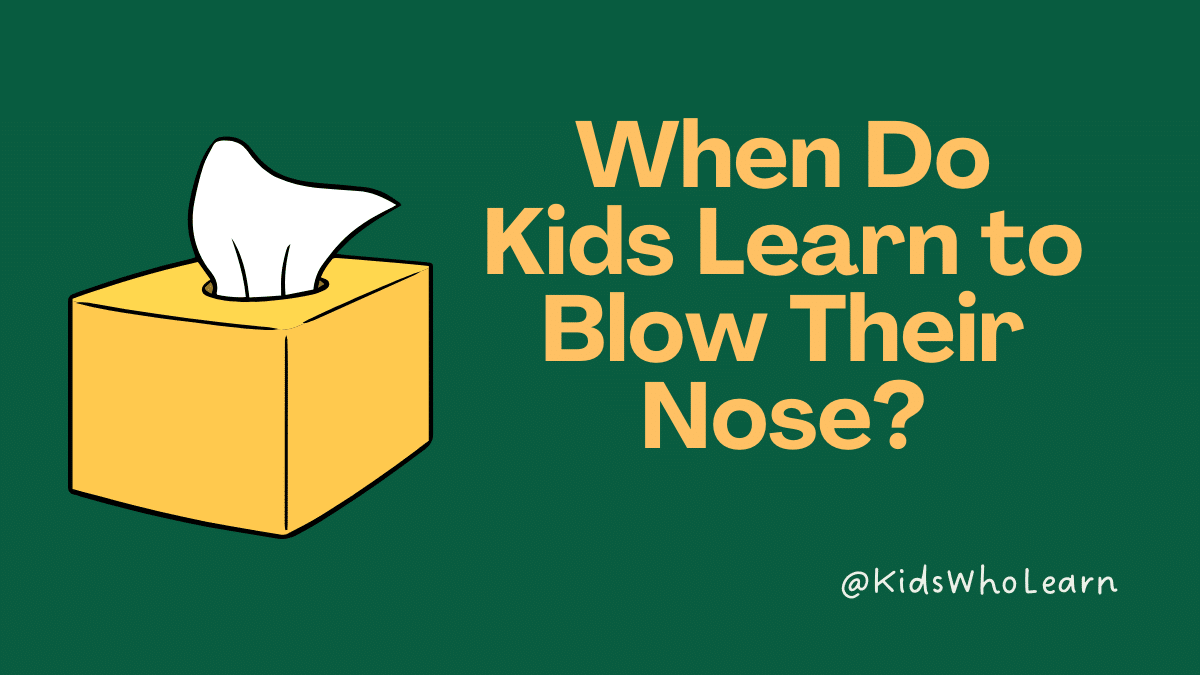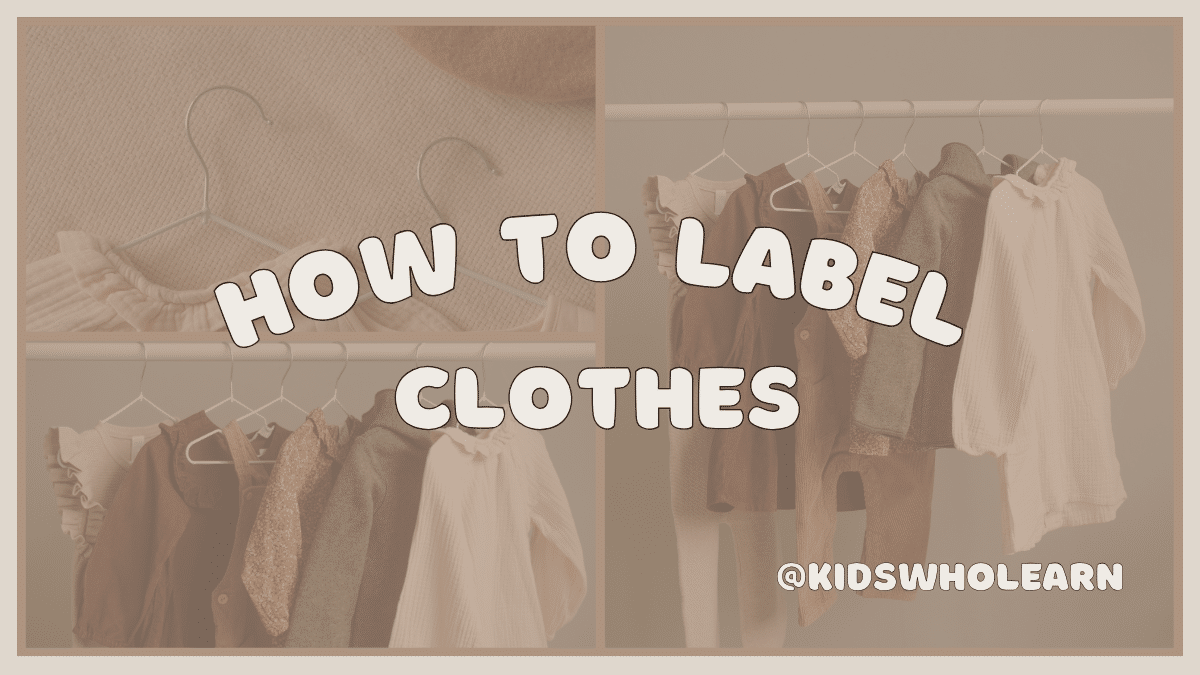Do you remember the first time you learned to blow your nose? It’s a skill that many of us take for granted, but for young children, it can be a challenging task to master. As a parent, you may be wondering when your child will learn to blow their nose on their own. In this article, we’ll explore the basics of nose blowing, the learning process, and effective techniques for teaching this skill to your child.
Children typically learn to blow their nose between the ages of two and four. However, every child is different, and some may take longer to master this skill than others. It’s important to remember that patience and consistency are key when teaching your child to blow their nose. While it may take some time and practice, your child will eventually get the hang of it.
Key Takeaways
- Children generally learn to blow their nose between the ages of two and four.
- The learning process for nose blowing involves developing the necessary motor skills and understanding of the task.
- Effective techniques for teaching nose blowing include modeling the behavior, using fun activities, and providing positive reinforcement.
The Basics: When Do Children Generally Learn to Blow Their Nose
Blowing your nose is a basic activity that most people learn at a young age. For children, learning to blow their nose is an important part of their development. It helps them clear their nasal passages, which can reduce the risk of infections and other health problems.
So when do children generally learn to blow their nose? The answer is that it varies from child to child. Some children may learn to blow their nose as early as two years old, while others may not learn until they are four or five years old.
There are a few factors that can affect when a child learns to blow their nose. For example, children who have frequent colds may learn to blow their nose earlier than those who don’t. Additionally, children who are exposed to secondhand smoke may have a harder time learning to blow their nose because their nasal passages are often irritated.
If you’re wondering when your child will learn to blow their nose, the best thing you can do is be patient. Encourage your child to practice blowing their nose, but don’t push them too hard. Remember that every child is different, and they will learn at their own pace.
Here are a few tips to help your child learn to blow their nose:
- Demonstrate how to blow your nose yourself, so your child can see how it’s done.
- Use a tissue to wipe your child’s nose, and then encourage them to blow gently into the tissue.
- Make sure your child understands that blowing too hard can be uncomfortable or even painful.
- Praise your child when they make progress, and be patient when they struggle.
The Learning Process: How Children Acquire This Skill
Learning to blow one’s nose is an important skill that children typically acquire between the ages of two and four. It is a skill that requires coordination of the muscles in the nose, throat, and mouth, and can take some time to master. Here are some of the steps involved in the learning process:
- Understanding the concept: Before your child can learn to blow their nose, they need to understand the concept of blowing. You can demonstrate blowing on a piece of paper or a feather to help them understand the idea of air coming out of their nose or mouth.
- Practicing with toys: You can provide your child with toys that require blowing, such as bubbles or a whistle. This can help them practice the coordination needed to blow air out of their nose.
- Using tissues: Once your child has a basic understanding of the concept and has practiced blowing with toys, you can introduce the use of tissues. You can model the behavior for them by blowing your own nose and then have them try it themselves.
- Reinforcement: Positive reinforcement can be helpful in encouraging your child to continue practicing and improving their skills. Praise and rewards for successful nose-blowing can help motivate them to continue trying.
Remember that every child learns at their own pace, and it may take some time for them to master this skill. Be patient and encouraging, and provide plenty of opportunities for practice. With time and practice, your child will learn to blow their nose independently.
Factors Influencing Nose Blowing Skills
Child’s Age
The age at which a child learns to blow their nose can vary greatly. Some children may start as early as 2 years old, while others may not master the skill until they are 4 or 5 years old. It is important to remember that every child develops at their own pace and there is no set timeline for when they will learn this skill.
Child’s Motor Skills Development
The ability to blow one’s nose requires a certain level of motor skills development. Children who have not yet developed the necessary fine motor skills may struggle with the coordination required to blow their nose effectively. This can include the ability to pinch their nostrils closed, control their breath, and blow air out of their nose.
Parental Guidance
Parents can play an important role in helping their child learn to blow their nose. By modeling the behavior themselves and providing guidance and encouragement, parents can help their child develop the necessary skills. It is important to be patient and supportive, as learning to blow one’s nose can be a frustrating and difficult task for some children.
In conclusion, the age at which a child learns to blow their nose can vary greatly and is influenced by factors such as their motor skills development and parental guidance. By providing support and encouragement, parents can help their child develop this important skill.
Challenges in Teaching Nose Blowing
Teaching your child how to blow their nose can be a challenging task. Here are some common challenges you may encounter and how to overcome them.
Child’s Fear or Discomfort
Some children may feel scared or uncomfortable when asked to blow their nose. This could be due to various reasons such as the sensation of air rushing through their nose, the sound it makes, or the fear of blowing too hard.
To help your child overcome their fear or discomfort, try the following tips:
- Explain to your child why blowing their nose is important and how it can help them feel better.
- Demonstrate the correct way to blow your nose and encourage your child to try it out.
- Use a tissue or a soft cloth to cover your child’s nose and mouth while they blow to reduce the sensation of air rushing through their nose.
- Praise your child for their efforts and celebrate their progress.
Lack of Interest
Some children may not be interested in learning how to blow their nose. They may find it boring or unnecessary.
To spark your child’s interest, try the following tips:
- Make it fun! Use colorful tissues or a fun handkerchief to make blowing their nose more exciting.
- Incorporate nose blowing into your child’s daily routine, such as before meals or bedtime.
- Encourage your child to blow their nose when they see others doing it, such as family members or friends.
- Explain the benefits of blowing their nose, such as preventing the spread of germs and reducing congestion.
By using these tips, you can help your child overcome their challenges in learning how to blow their nose and make it a positive experience for them.
Effective Techniques for Teaching Nose Blowing
Teaching your child to blow their nose is an important step in helping them learn to take care of their own hygiene. Here are some effective techniques for teaching nose blowing:
Modeling and Practice
One of the most effective ways to teach nose blowing is by modeling the behavior yourself. Show your child how to blow their nose by using a tissue or handkerchief. Then, have them practice blowing their nose while you watch and offer guidance.
Using Tools and Toys
Using tools and toys can make the process of learning to blow their nose more fun for your child. You can try using a nasal aspirator or bulb syringe to help clear out any mucus. You can also use a toy that blows air, such as a pinwheel or bubble wand, to help your child practice blowing air out of their nose.
Making It a Fun Activity
Making nose blowing a fun activity can help your child feel more comfortable with the process. You can turn it into a game by having your child blow their nose to make a tissue move across a table or try to blow out a candle. You can also sing a song or make silly noises while your child is blowing their nose to make it a more enjoyable experience.
By using these effective techniques, you can help your child learn to blow their nose and take care of their own hygiene. Remember to be patient and encouraging, and your child will be a nose-blowing pro in no time!
Conclusion: Patience and Consistency in Teaching
Teaching your child to blow their nose can be a frustrating process, but it’s important to remain patient and consistent. Here are a few tips to help you along the way:
- Model the behavior: Children learn by example, so make sure to blow your own nose in front of them and explain what you’re doing.
- Practice regularly: Encourage your child to blow their nose regularly, even when they don’t have a cold. This will help them get used to the sensation and develop the necessary skills.
- Use positive reinforcement: Praise your child when they make progress, even if they don’t quite get it right. This will help build their confidence and encourage them to keep trying.
- Be prepared: Keep tissues and hand sanitizer handy so your child can blow their nose whenever they need to.
Remember, every child is different and will learn at their own pace. With patience and consistency, your child will eventually learn to blow their nose on their own.
Frequently Asked Questions
At what age do most children learn to blow their nose?
Most children learn to blow their nose between the ages of 2 and 4. However, every child is different and some may learn earlier or later than others.
How can I teach my child to blow their nose?
Start by demonstrating the proper technique of blowing your nose into a tissue. Encourage your child to try it themselves and offer plenty of praise and positive reinforcement. It may take some practice, but with patience and persistence, your child will soon learn.
What are some tips for getting a resistant child to blow their nose?
Some children may be resistant to blowing their nose, especially if they are uncomfortable or don’t understand the purpose. Try making it into a game or using a fun handkerchief or tissue. You can also try explaining why it’s important to blow their nose when they have a runny nose.
Are there any fun and engaging ways to teach a child to blow their nose?
Yes! You can make it into a game by pretending to be a dragon or a trumpet player and blowing your nose loudly. You can also use fun tissues with pictures or characters on them to make it more appealing.
Is there a specific technique for teaching a child to blow their nose?
Yes, the proper technique is to hold one nostril closed with your finger and then blow gently through the other nostril into a tissue. Repeat with the other nostril. It’s important to remind your child to blow gently to avoid hurting their ears.
Are there any benefits to teaching a child to blow their nose early on?
Yes, teaching your child to blow their nose early on can help them avoid discomfort and prevent the spread of germs. It can also help them learn good hygiene habits that will benefit them throughout their life.







